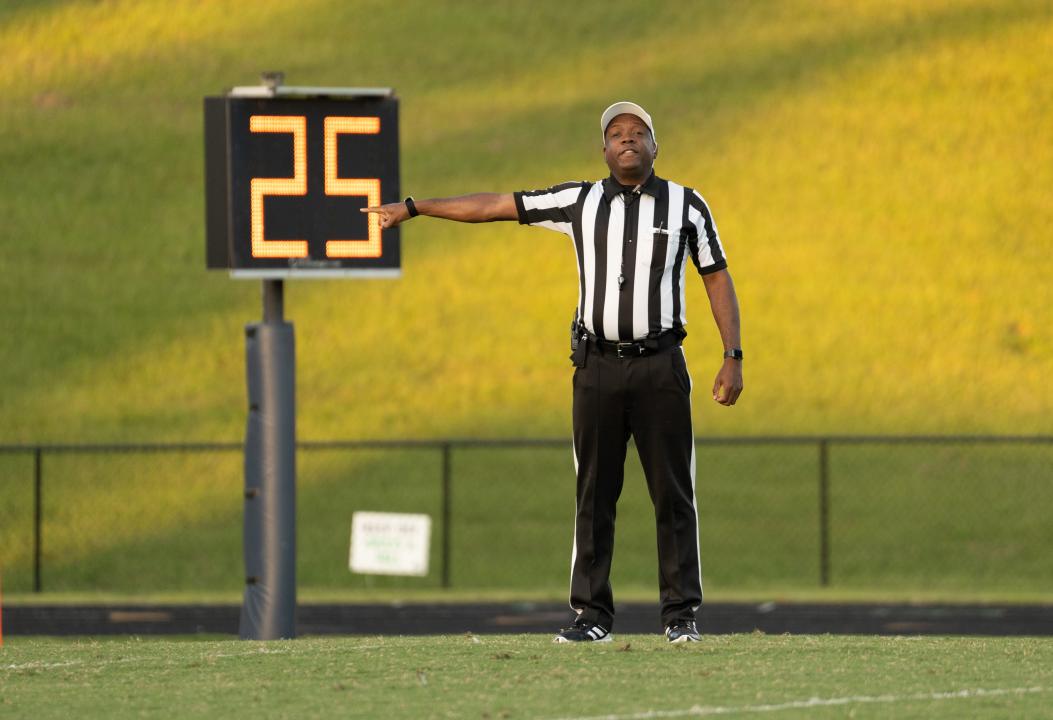Sideline Showdowns: How Ejections Are Reshaping High School Sports Discipline

Discipline in North Carolina High School Sports Takes a Hit: Over 1,000 Ejections Raise Concerns
The North Carolina High School Athletic Association (NCHSAA) is grappling with a troubling trend this year, as the number of player ejections has skyrocketed past 1,000. Board members are now pointing to potentially lenient penalties as a key factor fueling this dramatic increase in unsportsmanlike conduct.
The surge in ejections has sparked serious discussions about the current disciplinary framework in high school athletics. Some NCHSAA officials believe that the consequences for inappropriate behavior may not be stringent enough to deter players from crossing the line, leading to a growing culture of disrespect on the playing fields.
With such a high number of ejections, the association is now considering a comprehensive review of its disciplinary policies to restore order and sportsmanship in high school sports. The goal is to create a more accountable environment that promotes respect, fair play, and the true spirit of athletic competition.
